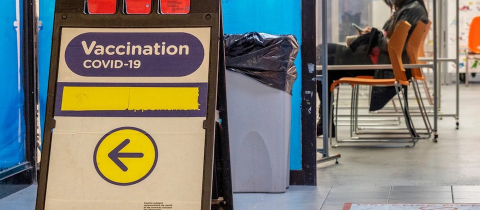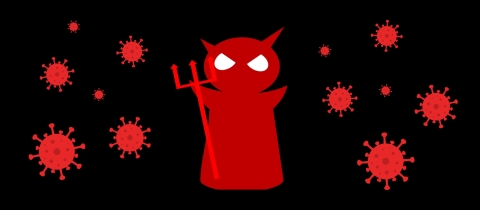This article was first published in The Montreal Gazette.
Last week, Health Canada seems to have changed direction on the issue of at home COVID-19 testing. If approved and as accurate as the current tests, the introduction of these tests could help eliminate one of the major barriers to controlling this pandemic. Making it easier to get tested would help a greater number of people find out whether they are infectious, and allow them to do so more quickly.
The current standard for COVID-19 testing is nasopharyngeal swab and polymerase chain reaction (PCR) testing to detect genetic traces of the virus in the nasal cavity. The test is not perfect, and may come back falsely negative during the first few days of the infection, but it remains the benchmark by which active cases of COVID-19 are diagnosed and, when done properly, seems to be very effective.
I’ve endured it twice (both times negative), and while not a pleasant experience, it is neither dangerous nor painful. However, it requires trained personnel, who are putting themselves at risk for contracting the virus. It also requires swabs that were in short supply early in the pandemic, which limited our ability to test everyone who had symptoms. The test must also be sent to a lab for analysis, so it may sometimes take days to get back the results. This delay is particularly troubling in hospital when you are waiting on the results to decide how to manage a patient.
So any test that is both simpler and quicker would offer obvious advantages. Yale researchers in partnership with the NBA developed the SalivaDirect that tests for COVID-19 in saliva without the need for a nasal swab. Preliminary data suggest a greater than 90 percent accuracy rate when compared to nasal swabs with a provisional cost of under $10.
The test still has to be sent off to a lab, but the turnaround time on results is reportedly faster than with PCR tests. A low cost, rapid test that does not put medical personnel at risk has obvious advantages but is still short of the immediate point-of-care testing that would be helpful in sporting venues, schools, meatpacking plants, and other places where outbreaks would be particularly worrying.
Such near-instantaneous results might be possible with lateral flow tests. These use a technology called ELISA to detect a specific molecule in a sample of bodily fluid (like saliva, blood or urine) that is placed on a special testing pad. If the molecule you are looking for is present, it will react with antibodies on the testing pad and produce a colour change. It is the same technology used in home pregnancy tests, and produces a result within minutes.
Such tests would be extremely useful in hospitals where rapidly separating out COVID and non-COVID patients are critically important. The one uncertainty remains how well these will perform in real-world settings. False positives are tolerable, as patients who test positive on these rapid tests can then go for confirmatory testing with PCR. But false negatives would be problematic because they would miss patients with COVID-19 who could then go on to infect others.
From the beginning, the key to controlling COVID-19, a disease where many people do not realize they are infectious, is rapid testing. Identifying positive cases early and getting them to self-isolate limits the spread of the virus. Anything that makes testing faster and easier for patients will have clear advantages.
Tests that do not require a nasal swab are both more comfortable for patients and safer for the personnel that have to perform them. But we need to be sure the tests perform well relative to the current gold standard. False negatives in COVID tests could have disastrous consequences. A bad test is worse than no test at all.







